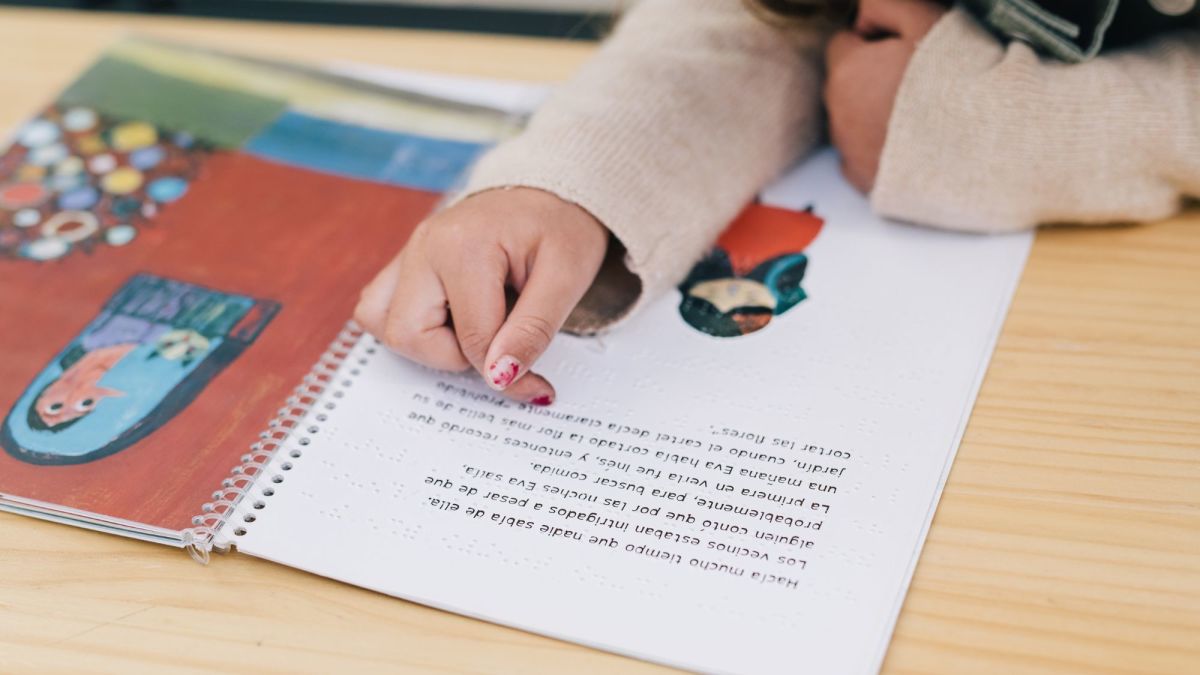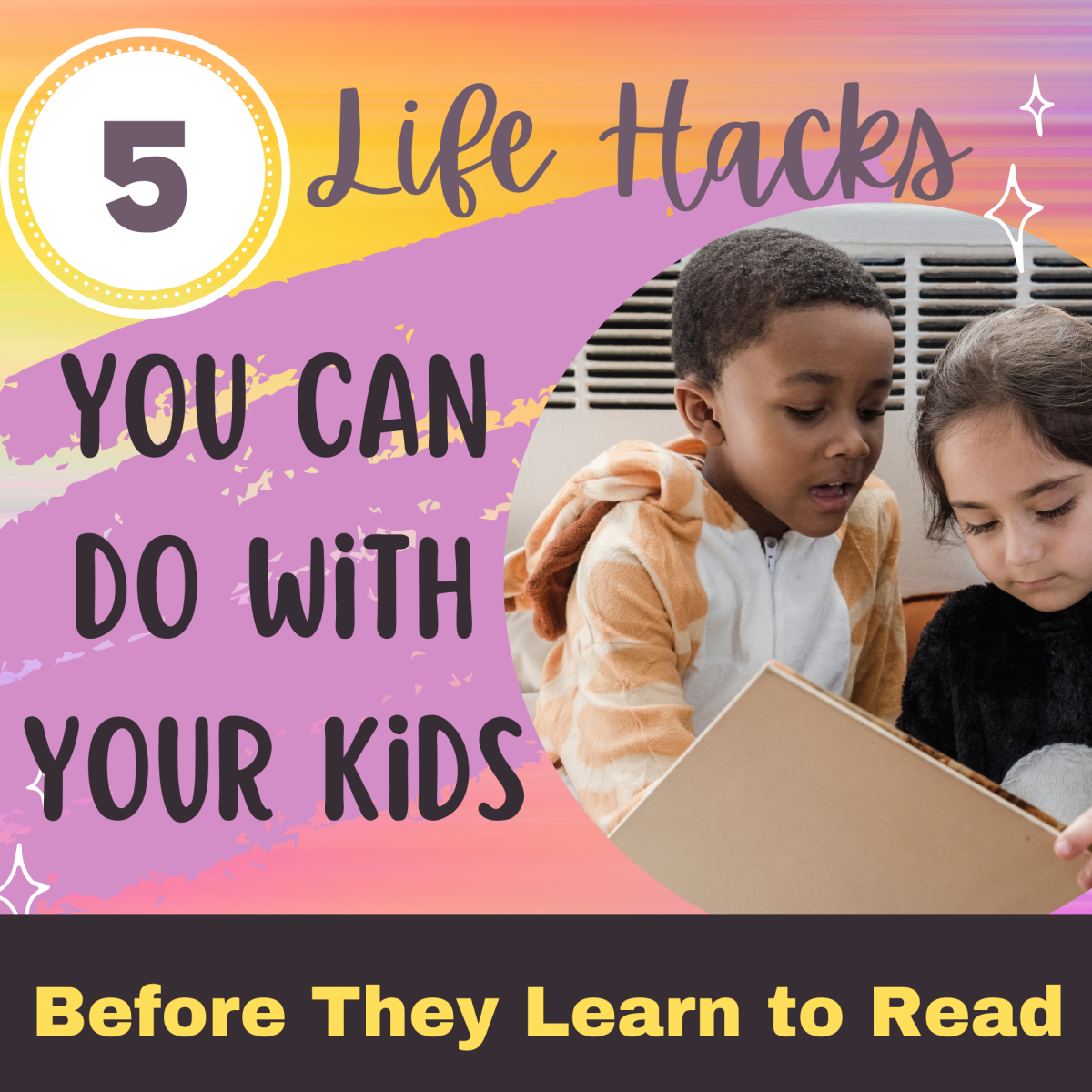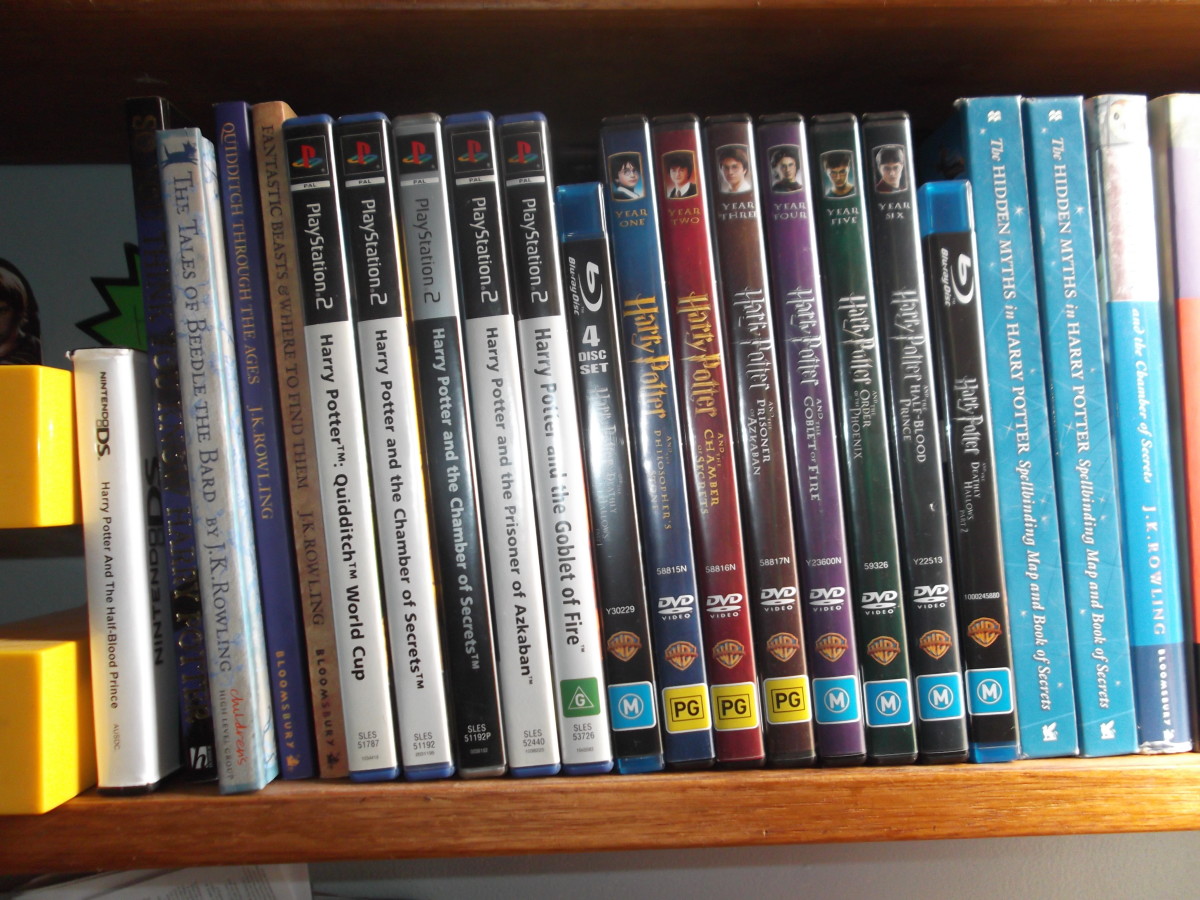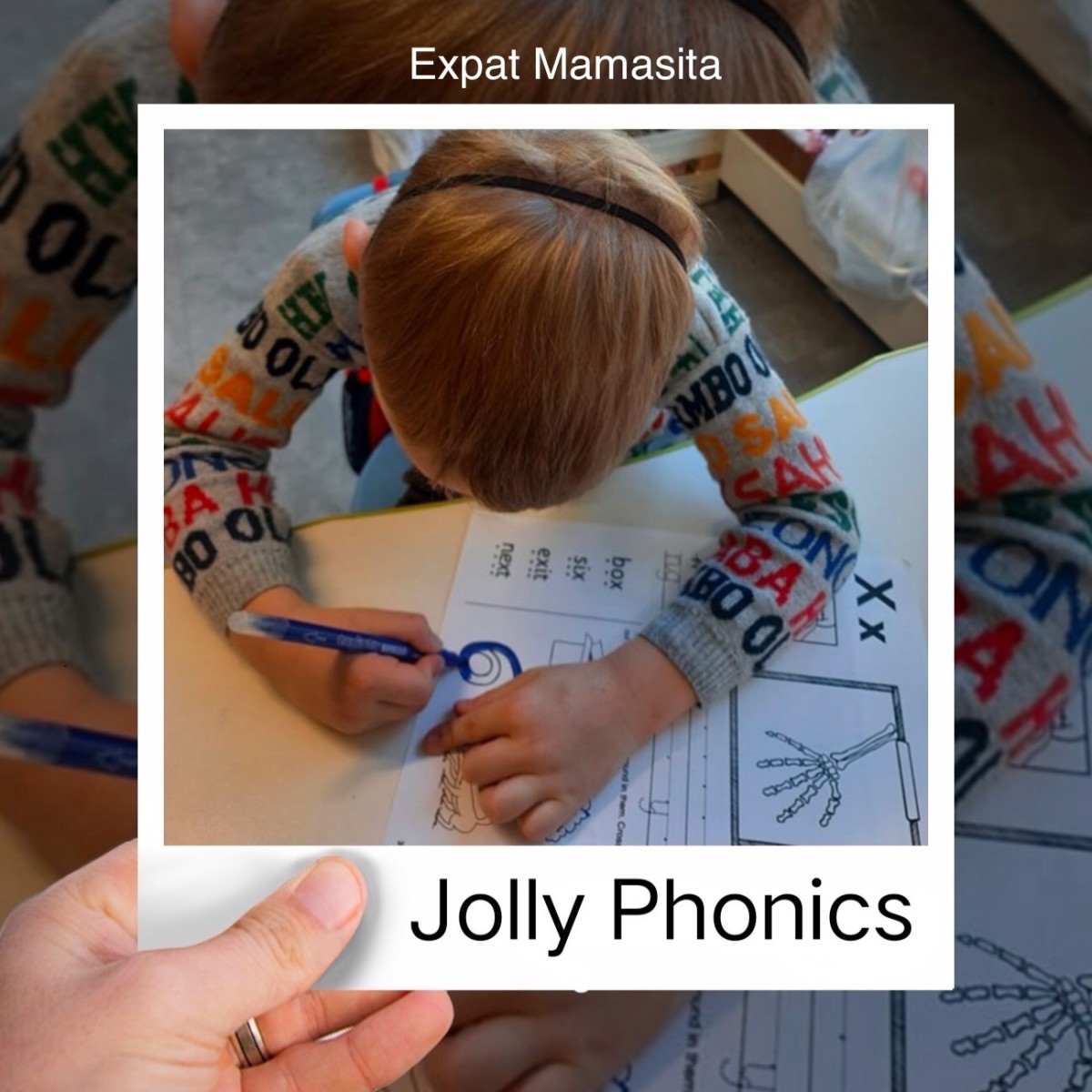Why Should Adults Read Out Loud to Children?

A Response to the article “Let the Words Work Their Magic” by Lucy Calkins
We all know that reading to your child or classroom is important, public service announcements are full of that idea, but this article will discuss WHY reading is important, and how just the simple act of reading aloud can encourage students to pick up a book for themself.
In Lucy Calkins' 2000 article for Scholastic Instructor— “Let the Words Work Their Magic”— explains that we need to instill in children the passion for loosing themselves in a book. “The single most important activity for building knowledge required for eventual success in reading is reading aloud to children” notes a 1985 report from the Department of Education. That’s powerful stuff! Similarly, Calkins essentially says that if teachers and parents don’t read to children, we hinder their future success!
So how can you naturally implement reading into your curriculum?
Putting It Into Practice
Start reading at the beginning of the day.
Not only does it establish a pattern and routine to the day, but it helps settle children down from the hubbub of activity of getting ready for school and seeing their friends again for the first time. While many Christian schools like to start of the day with Bible time, you can also use this initial story time for reading poems or stories that have to do with other subjects you are learning. Don’t feel like you need the story time to be long, even a five-minute session will work wonders for children, as long as you are exited about the time too.
Talk about the author’s intent.
Was the author trying to get the reader to smile or laugh, or was he trying to get you to think about something important? Stop yourself while reading aloud and ask the class a question such as “We’ve learned that rabbits are born alive (not from an egg), have fur and drink their mother’s milk; what type of animal do you think a rabbit is?” Don’t pull back from the text too often though, or you will loose the students’ engagement in the story.
Look for rhythms and patterns.
Rhythm and patterns aren’t relegated only to poems; even traditional stories have repetition of what has happened, or what people have said. Think about the story “Are You My Mother?” by P.D. Eastman, while it is not a poem, the bird asks the same question to different animals, after he asks the same question to different animals your students should be able to predict what he’ll say to the next animal he encounters.
Books for Children
What to Read
Now that we've established why and how to read, just what should you read to students? Here are a few examples of genres or topics that will lend themselves to student engagement.
- Nonfiction books that support students’ natural interests or hobbies.
- Books that relate to what they are learning in class.
- Books that introduce concepts students will be learning.
Callkins notes “the single most important habit we need to mode is engagement in the text.” If the teacher is excited by the story, the children will be excited about story. As with any storyteller, vary the speed and inflection in your reading, assign each character a voice, and use appropriate sound effects (think Onomatopoeia) for what is happening in the story. Make the story time interesting for both you and the students, and they’ll understand that reading is not only important, but that reading is fun.
REFERENCES
Calkins, L. (2000). “Let the words work their magic.” Scholastic Instructor. 25-28. (110), 3.









